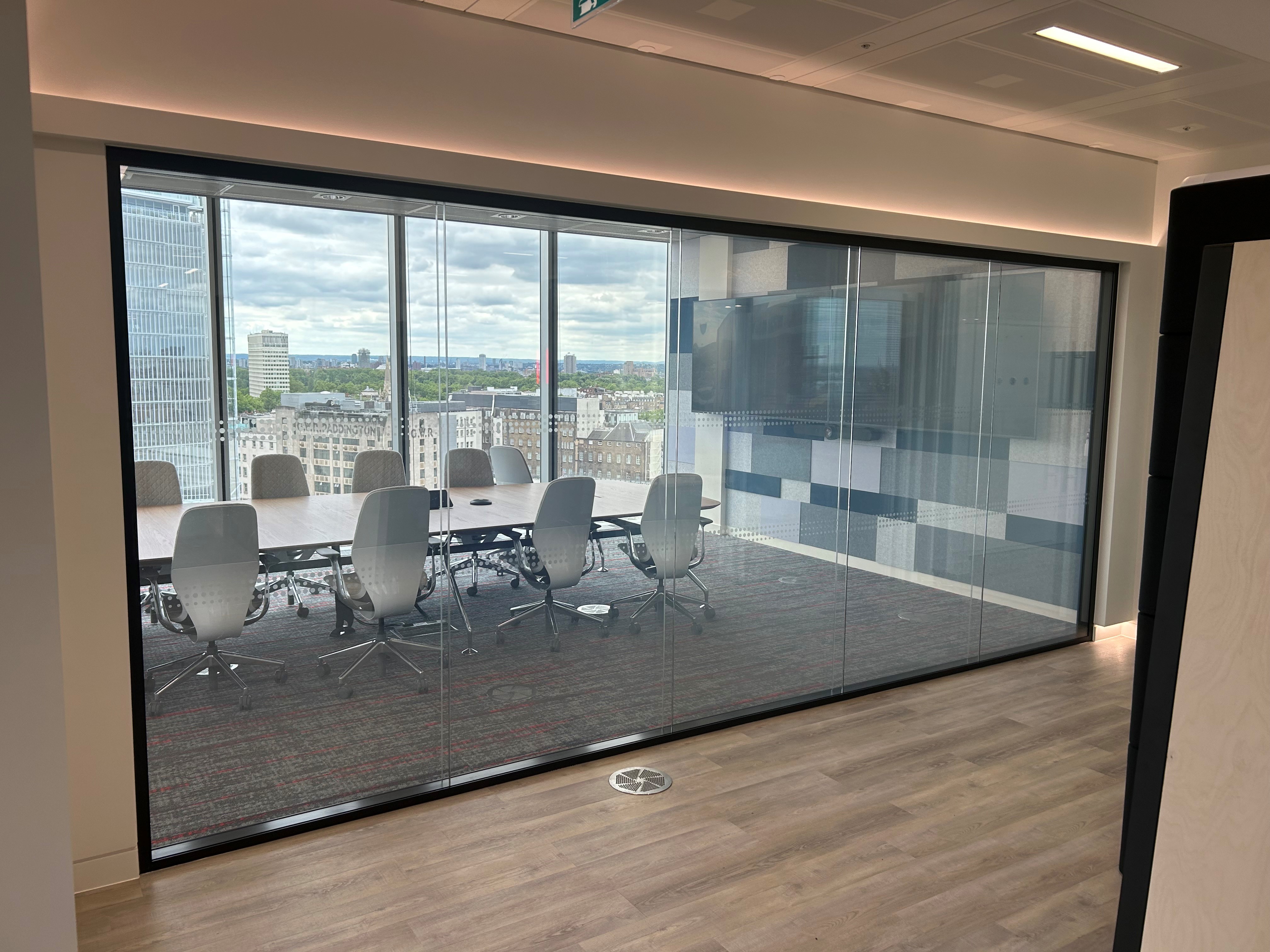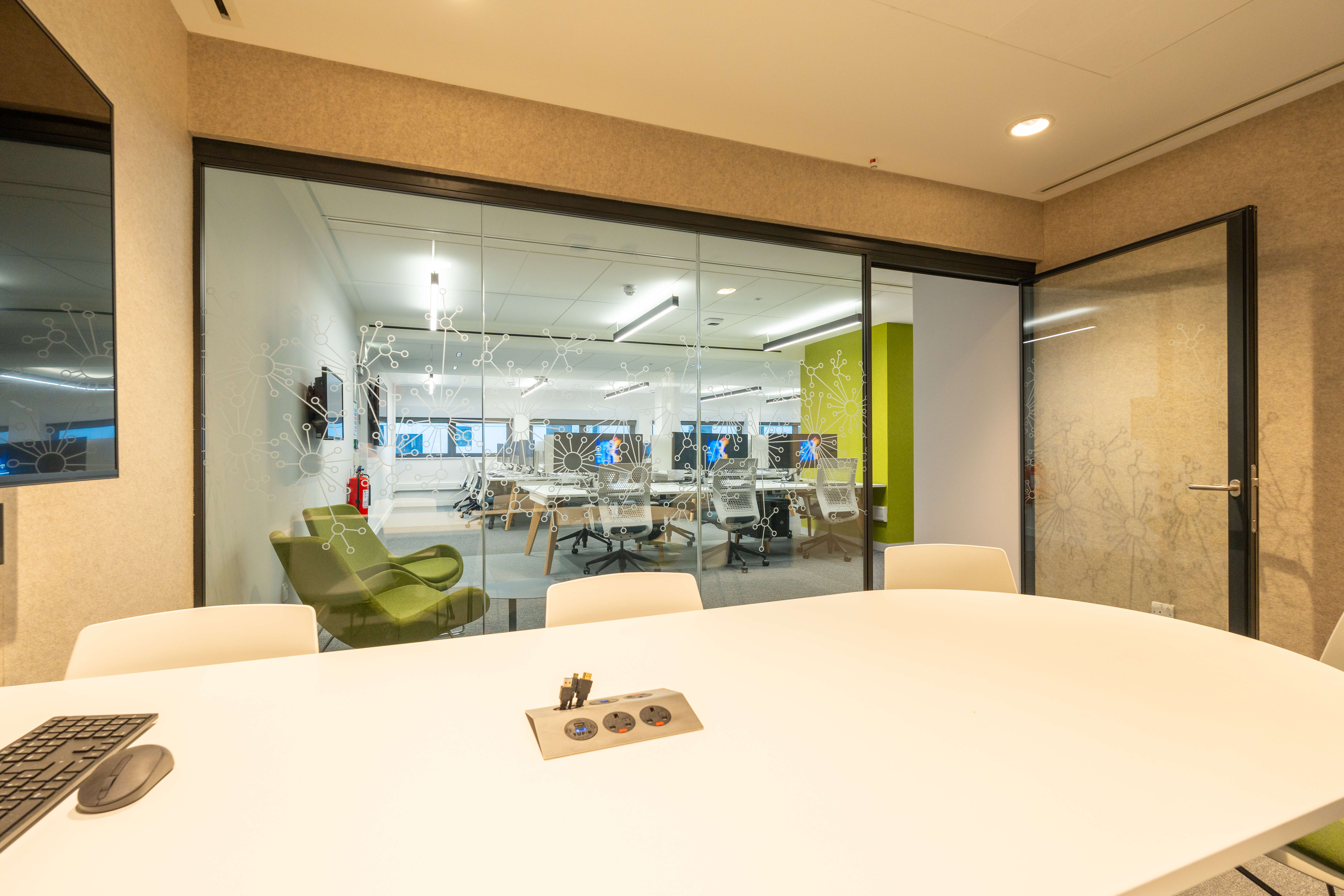.jpg)
One of the trends of 2023 thus far has been the rise in large companies enforcing a ‘back-to-office’ strategy.
Zoom, the company whose revenue spiked by 300% during the first year of the pandemic largely due to remote working, asked employees to return to the office at least twice a week from the start of August.
Meanwhile in March, Apple revealed they’re tracking employee attendance and would “escalate warnings” to those who did not return to the office at least three times a week; a move that echoed Disney’s statement to its staff in January, which mandated a four-day return to the office beginning in March this year.
Companies are pushing for a return to the office.
However, the same doesn’t appear to be the case for employees. Of the 2,000 workers polled by the British Business Expert awards, 64% were thinking of switching jobs after being informed they must return to the office full-time.
In fact, Work Design Magazine cites a separate study by Unispace of over 5,000 workers across Europe all from varying seniority levels, which also found that 64% were reluctant to return to the workplace, with 86% stating a better work-life balance as a key reason.
Therefore, it seems as though there’s work to be done by company owners if they’re to be successful in luring employees back to the office.
Can office design be the answer?
While workspace design may not be able to directly improve our work-life balance, it may provide a better incentive to return to the office.
This could be a crucial factor for companies looking to enforce a return to the office, emphasised by the Unispace study. They found that an incredible 95% of participants would change the layout and functionality of their workspaces.
“In essence, they would change most of the current design as it stands.”
Many who were forced to work from home during the pandemic became accustomed to a different way of working, surrounded by an environment they had full control over.
And according to a report by Owl Labs, this resulted in a big increase in employee productivity.
“Several studies over the past few months show productivity while working remotely from home is better than working in an office setting. On average, those who work from home spend 10 minutes less a day being unproductive, work one more day a week, and are 47% more productive.”
Therefore, a great deal of consideration is required by employers looking to enforce a ‘back-to-office’ strategy, if they’re to create an environment capable of producing the same results.
The role of acoustic glazed partitions
Acoustic glazed partitions play a key role in the modern workspace.
While numerous studies highlight how open-plan offices are important for collaboration between teams, the importance of having private workspaces and breakout areas cannot be understated. Glazed partitions provide a happy medium by their ability to compliment both areas.
Glazed partitions installed within the workplace give natural light into the areas and make the environment open and spacious, whilst also giving the acoustic properties required for private conversations and meetings.
If you'd like to discuss acoustic glazed partitions for your project, contact us here and one of our expert team will assist you.
Related articles

Embodied Carbon in Glazed Partitions



